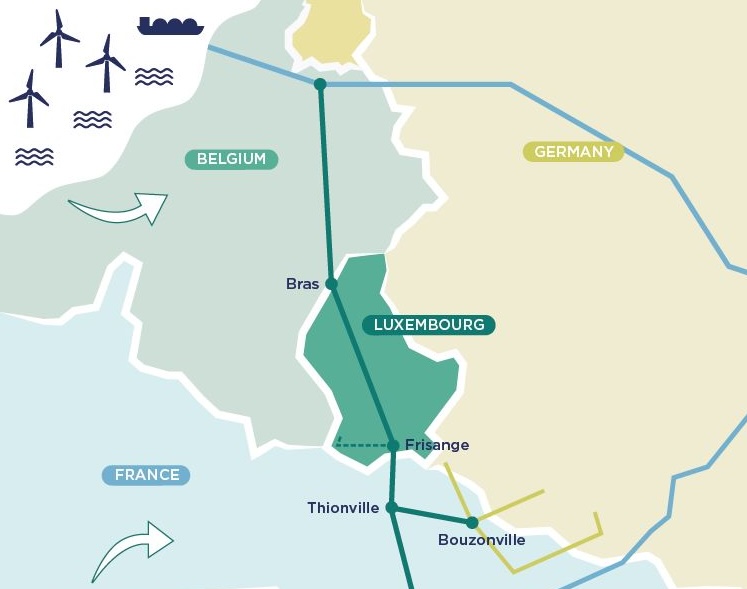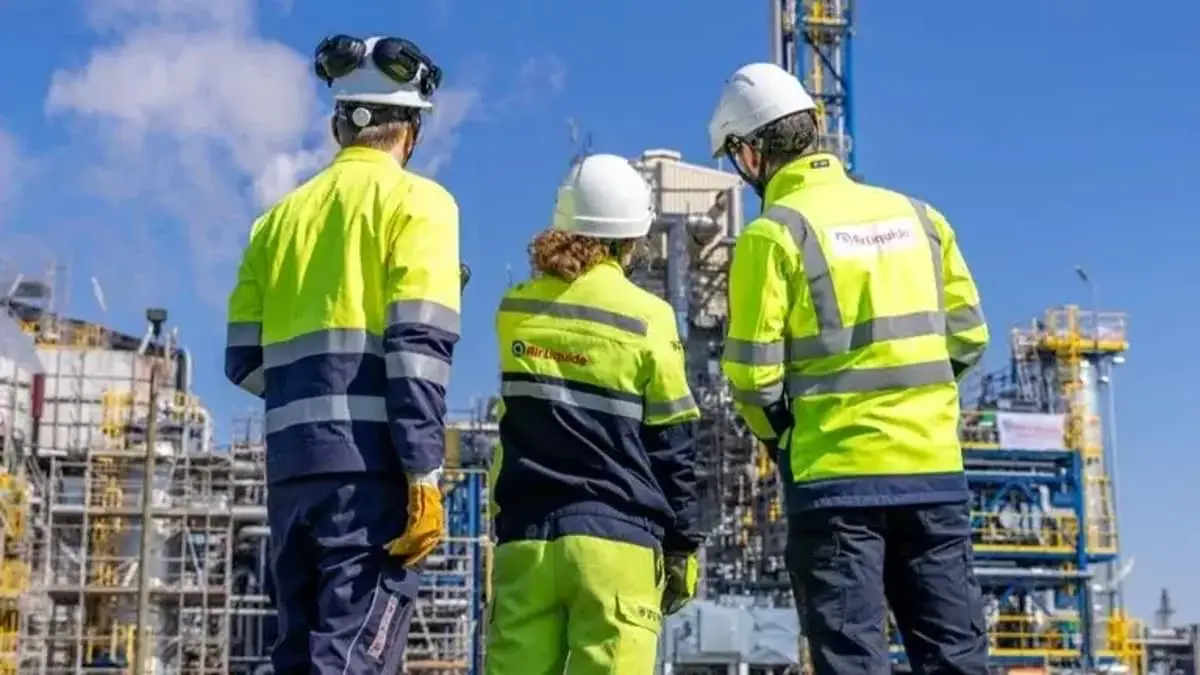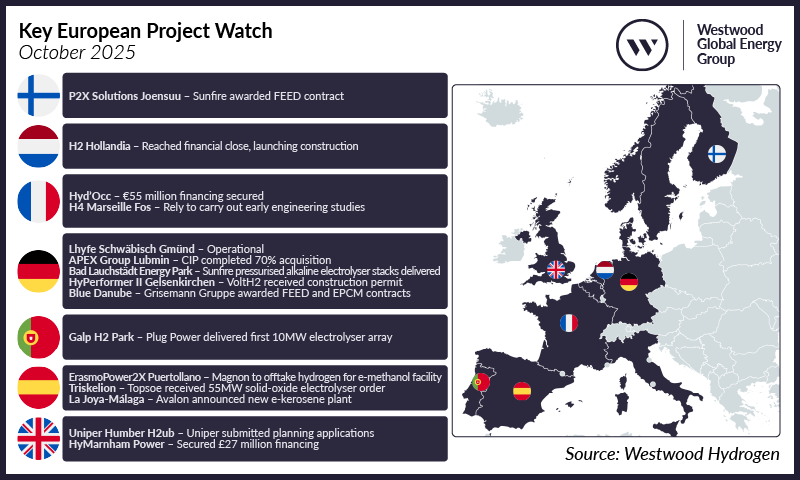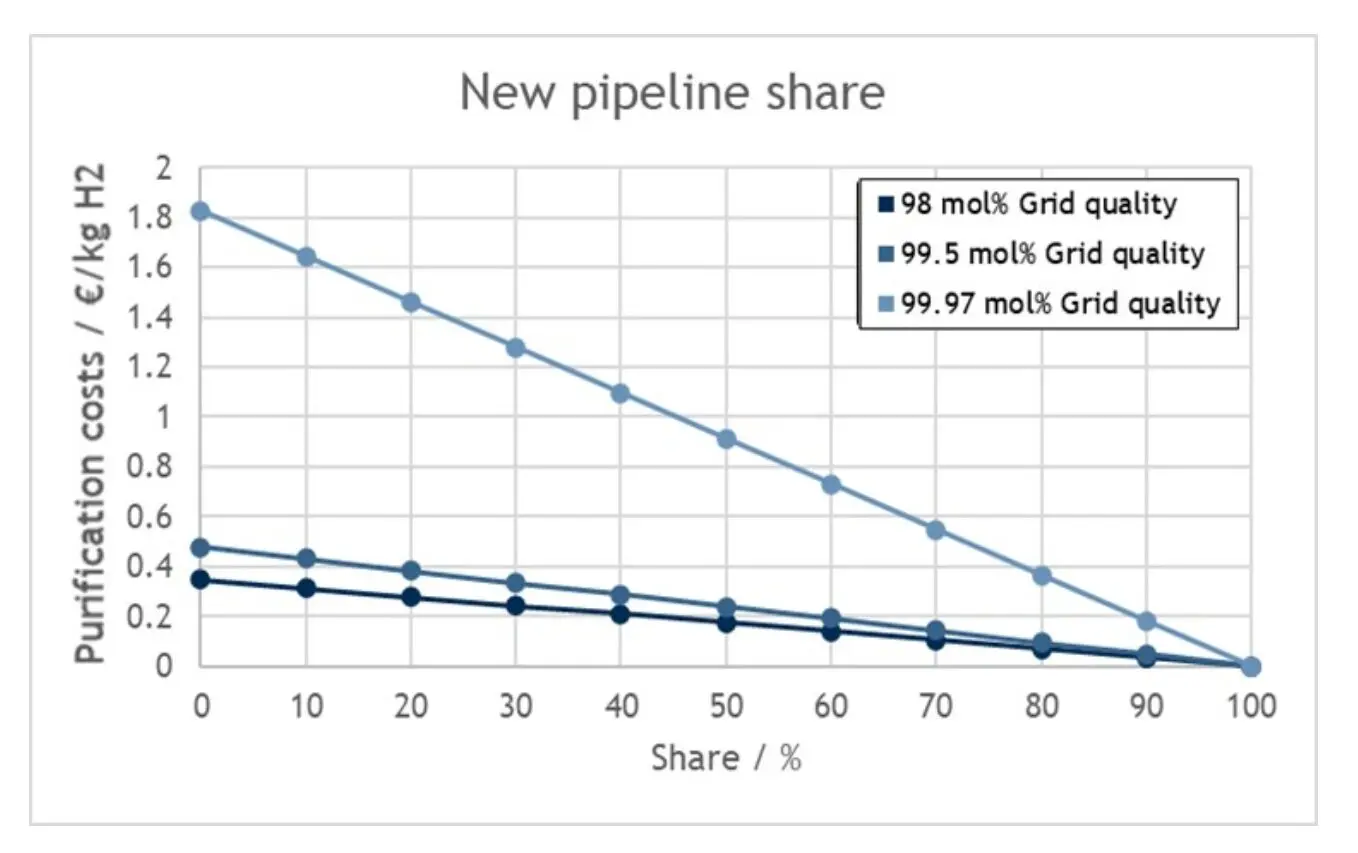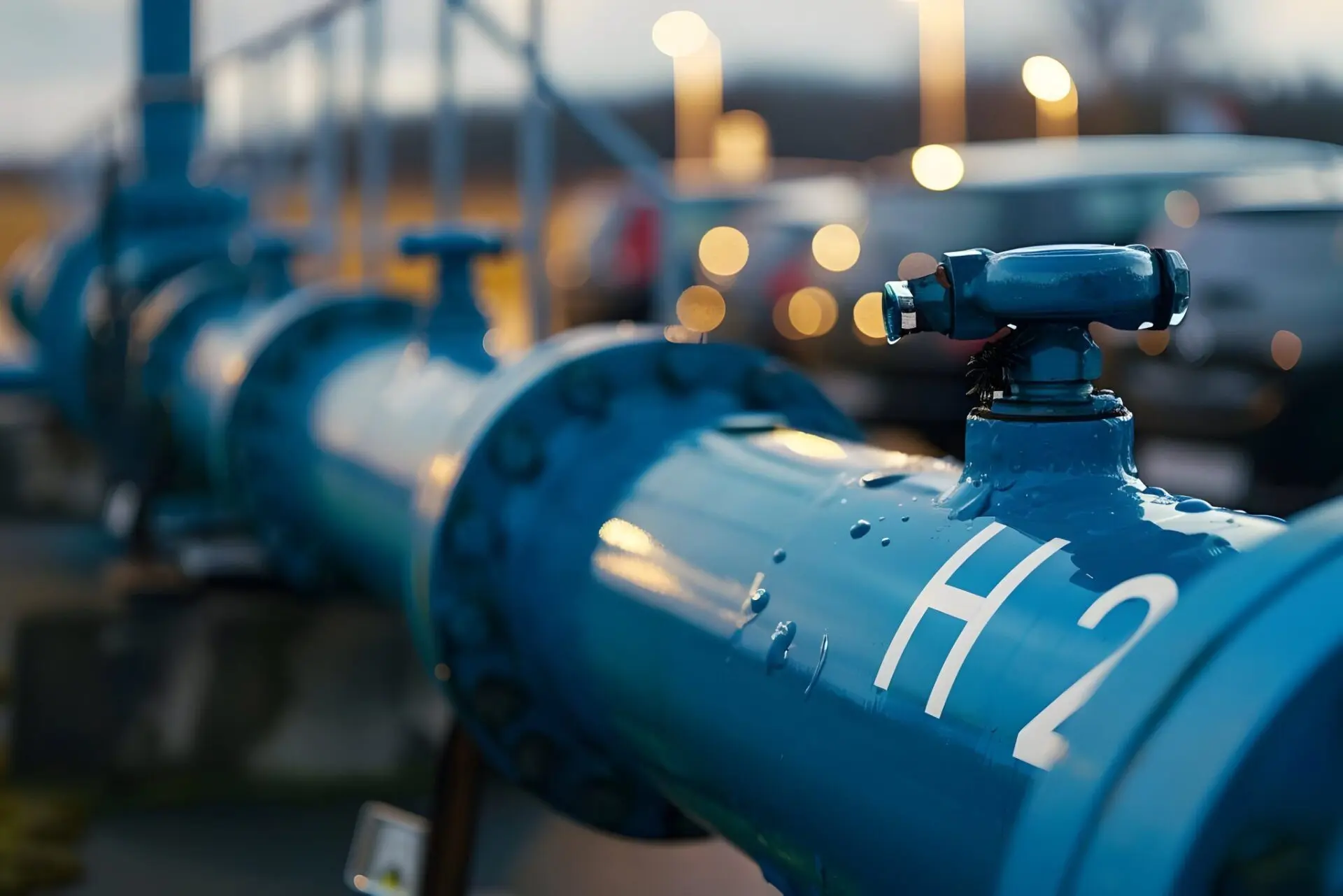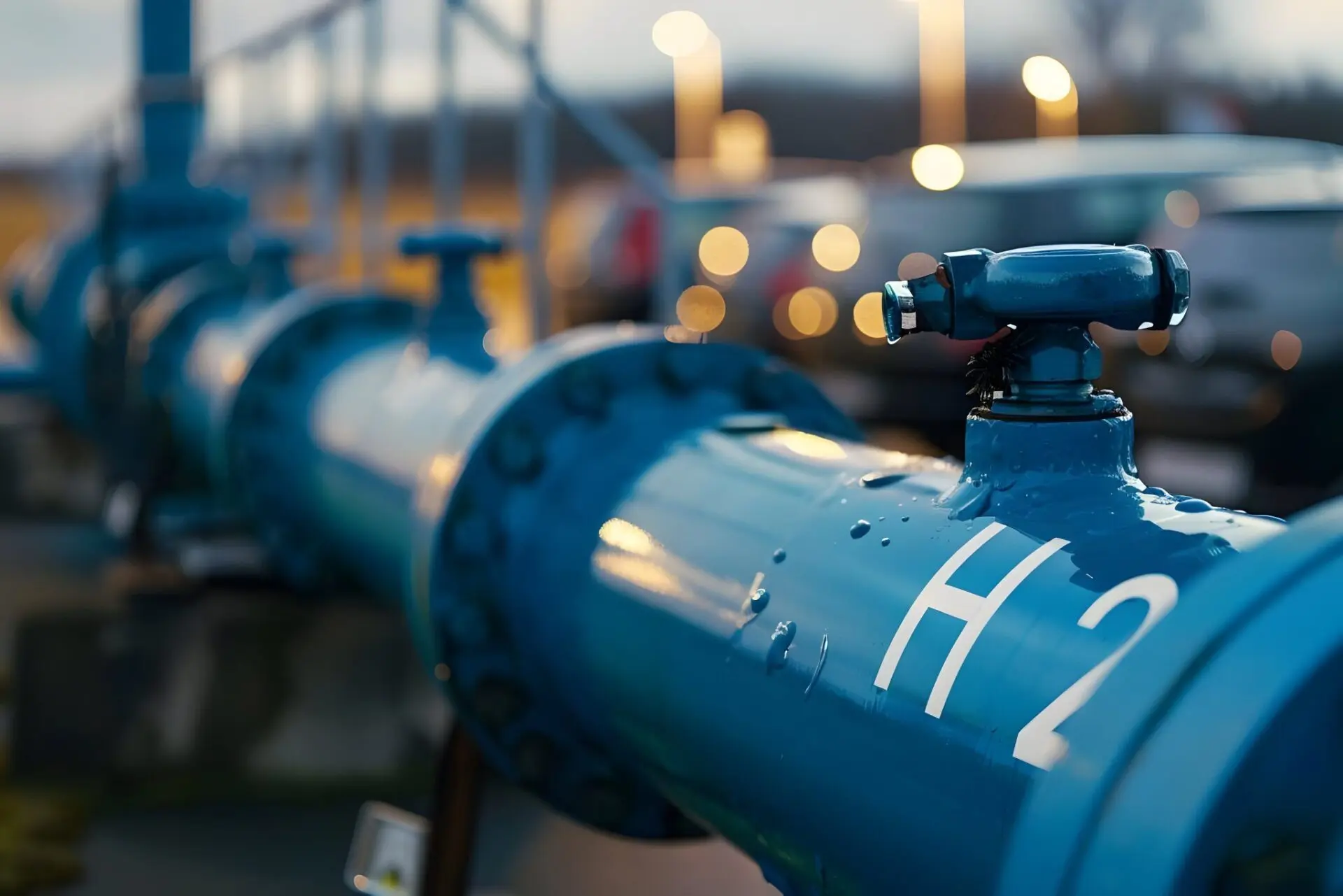
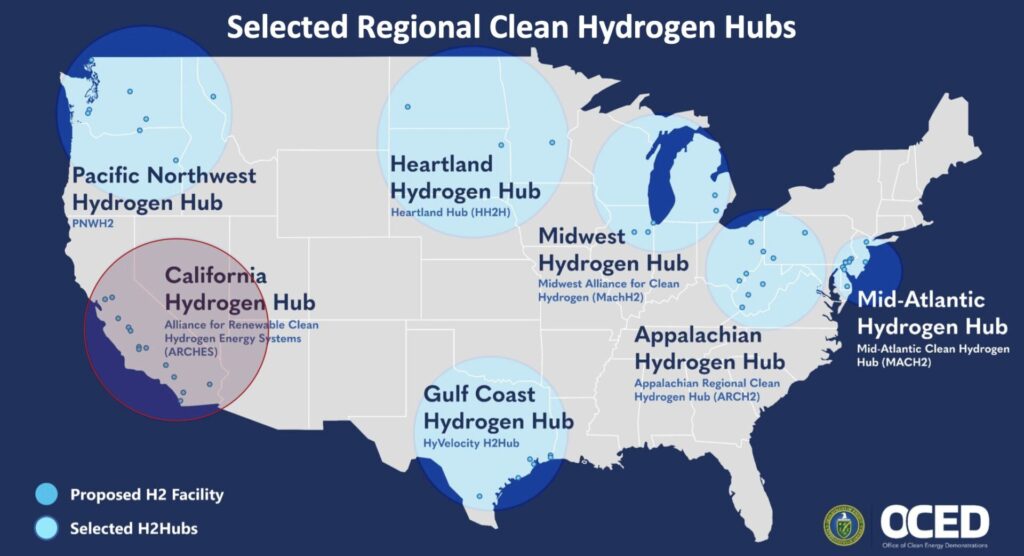
The US Department of Energy (DOE) is considering cutting funding to hydrogen hubs that are located in primarily Democratic states, while sparing those mostly spread across Republican states, according to a list shared with Argus.
A table circulating among officials shows hubs that are to receive federal funding labeled as either “cut” or “keep.” Out of the seven hubs, only three are set to “keep”: HyVelocity, in Texas and Louisiana, the Appalachian hub spanning Ohio, Kentucky and West Virginia and the Heartland hub spread across Minnesota, South Dakota and North Dakota.
The hubs that may lose federal support include California’s ARCHES; the Pacific Northwest Hydrogen Association (PNWH2) spanning Oregon, Washington and Montana; the Midwest hub encompassing Illinois, Indiana and Michigan, and the Mid-Atlantic hub in Pennsylvania, Delaware, and New Jersey.
With the exception of the Midwest hub, most of the hubs facing potential cuts would use renewable and nuclear power to produce hydrogen. Most of the projects in the hubs on the “keep” list would be powered by natural gas and use carbon capture and storage (CCS) facilities to reduce emissions.
The DOE did not immediately respond to requests for comment. Fuel Cell and Hydrogen Energy Association (FCHEA) chief executive Frank Wolak said the list came from DOE but cautioned the department’s plans are still unclear.”We’re aware a list has been created that shows four of seven hubs being cut,” said Wolak. “We haven’t seen anything formal and don’t understand exactly what is the DOE intention.”
Hydrogen hub funding advanced by the administration of former president Joe Biden was expected to come under scrutiny after President Donald Trump paused disbursements and ordered a review of clean-energy initiatives.
Federal funding for the hubs grew out of the bipartisan Inflation Reduction Act and the Infrastructure and Investment Jobs Act, which together dedicated $8bn to jump start domestic hydrogen production in industrial clusters from the east to west coasts.
The funding was structured to pay out to the hubs over four phases spanning a decade, with disbursements dependent upon projects meeting defined objectives related to operational progress and private-investment commitments.
The first tranches to the seven hubs, totaling over $20mn, have been delivered but the list of potential cuts puts the fate of the second phase into doubt.
“So far the Trump administration hasn’t attempted to claw back that phase-one funding,” said Sara Gersen, senior attorney for Earthjustice. “The question is, what happens in 2026 when they try to renew contracts for phase 2?”
ARCHES chief executive Angelina Galiteva said the California hub “remains committed to working with our partners to establish a secure, reliable and competitive hydrogen ecosystem”.
Spokespeople for the others hubs vulnerable to losing federal funds did not immediately respond to requests for comment. However, at least one of the hubs put out a public statement highlighting how its goals align with the administration’s objectives.
“Many of these opportunities will support rural communities” and “advance American energy independence”, the Pacific Northwest hub said in a social media post.
Environmental advocates argue that the climate benefits from hydrogen originating from natural gas with CCS, the technology proposed for projects on the “keep” list, evaporate when net emissions are taken into account and do not justify the potentially billions of dollars in federal support they may receive when compared to other decarbonization techniques.
“Spending billions of dollars on untested carbon capture technology in applications with no net-climate benefit is a waste of taxpayer money,” said Anika Juhn, IEEFA energy data analyst and co-author of the report Blue Hydrogen’s Carbon Capture Boondogle. “Building out renewable power infrastructure, improving energy efficiency, and reducing methane leakage from the natural gas system are more cost-effective and proven approaches to a clean energy transition.”
For now, both fossil-fuel based and renewable energy companies have been lobbying the Trump administration to keep clean energy incentives enacted by the IRA without differentiating how the hydrogen is produced.
The potential cut to federal funding is not expected to affect industry support for the most lucrative incentives that come in the form of tax cuts, such as the support that has coalesced around protecting the 45V hydrogen production credit, said Wolak.
“I don’t see any change to the agenda of 45V, that effort is primary,” said Wolak. “I see an effort perhaps arising to define the hubs and the merit of the hubs rising parallel to the 45V effort.”
FCHEA is advising its members that may be affected by hub funding cuts to contact their congressional representatives, Wolak said.
Source: Jasmina Kelemen, Argus Media

